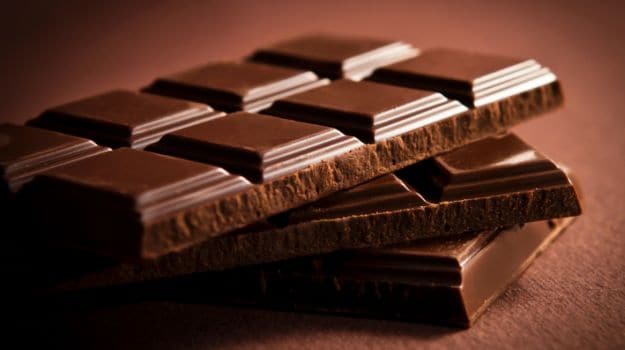Humanity’s love affair with chocolate dates back to ancient times. But, contrary to what history tells, the origin of its main ingredient is far from Mexican. Where it says that chocolate has its origin in Mexico, where the god Quetzalcoatl gave, according to legend, the cocoa tree to men, which years later would be baptised with the scientific name Theobroma Cacao, which means in Greek “food of the gods“.
According to recent studies, Theobroma cacao was first domesticated north of the Amazon in the South American region more than 5,300 years ago, making it even older than previously thought.
Chocolates are rich in phosphorus, iron, magnesium, potassium, copper, vitamins A, B1, B2, B3, C, E, thiamin and riboflavin; they also have caffeine and tannins.
What are the types of chocolate that exist?
First, know that chocolate is food obtained by mixing sugar with two ingredients derived from cocoa: cocoa paste and cocoa butter. From this basic combination, the different types of chocolate are made that depend on the proportion between these elements and their mixture or not, with other products such as milk, colouring, and nuts. As they are:
Milk chocolate is made from 25% to 40% cocoa paste, including cocoa butter, milk and sugar. It can be noted that this type of chocolate is one of the most consumed in the world, and its origin dates back to 1875 when Mr Daniel Peter with Henri Nestle managed to perfect the original recipe.
Ruby or rosé chocolate is a new type of chocolate, containing 47.3% cocoa, milk and sugar. Its pink colour is natural since it is made from the Ruby cocoa bean and has a characteristic red fruit flavour.
Dark chocolate This chocolate is made from cocoa paste, and its main characteristic is the low amount of sugar.
Different types of chocolate
Semi-bitter chocolate is made from 40 to 55% cocoa, a small amount of cocoa butter and sugar.
Dark chocolate is the one that contains more cocoa, between 60 to 85%, and less sugar and cocoa butter. Its origins are from the area of the Aztecs, who made chocolate food as the result of grinding cocoa beans; little by little, over the years, the way of preparing it changed.
White chocolate is made from milk base, cocoa butter and sugar. Its composition is based on a minimum of 20% cocoa butter, 14% dry milk extract and 3.5% milk fat. The first white chocolate was made in Switzerland in 1930 and bore Galak.
What are its benefits?
Although chocolate is commonly eaten for pleasure, there are beneficial health effects associated with its consumption. Cocoa or dark chocolate benefits the circulatory system. Other suggested beneficial effects include anticancer, brain-stimulating, antitussive, and antidiarrheal effects. It is not yet known if it is an aphrodisiac effect.
Studies explain that a special type of cocoa could be a nootropic and delay the decline in brain function during ageing.
Other than chocolate can be effective in preventing persistent cough.
Dark chocolate with olive oil reduces cardiovascular risk
It has always been considered that a healthy diet can reduce the risk of suffering from cardiovascular diseases. Research presented at the Congress of the European Society of Cardiology, held last week in Barcelona, confirms that dark chocolate enriched with extra virgin olive oil is beneficial in reducing cardiovascular risk.
“We discovered that small daily doses of dark chocolate with a natural addition of polyphenols from extra virgin olive oil was associated with an improvement in the cardiovascular risk profile,” says cardiologist Rossella Di Stefano from the University of Pisa, lead author of the study.
The team evaluated the association between the consumption of dark chocolate enriched with extra virgin olive oil or Panama red apple (a variety of this fruit known for its high content of phenols and antioxidants) and the development of atherosclerosis in healthy people with cardiovascular risk.
For 28 days, the scientists administered 40mg of plain chocolate to 14 men and 12 women with at least three risk factors ( smokers, high blood pressure, or a family history of cardiovascular disease, for example). For half of the period, the chocolate contained 10% olive oil and the other half almost 3% Panama red apple.
What are its disadvantages?
Chocolate increases the risk of obesity if there is no corresponding increase in physical activity since it is a high-calorie food. There is also a risk of mild lead poisoning from some types of chocolate, in addition to the fact that it can cause allergic reactions in some people, who should avoid its consumption.





